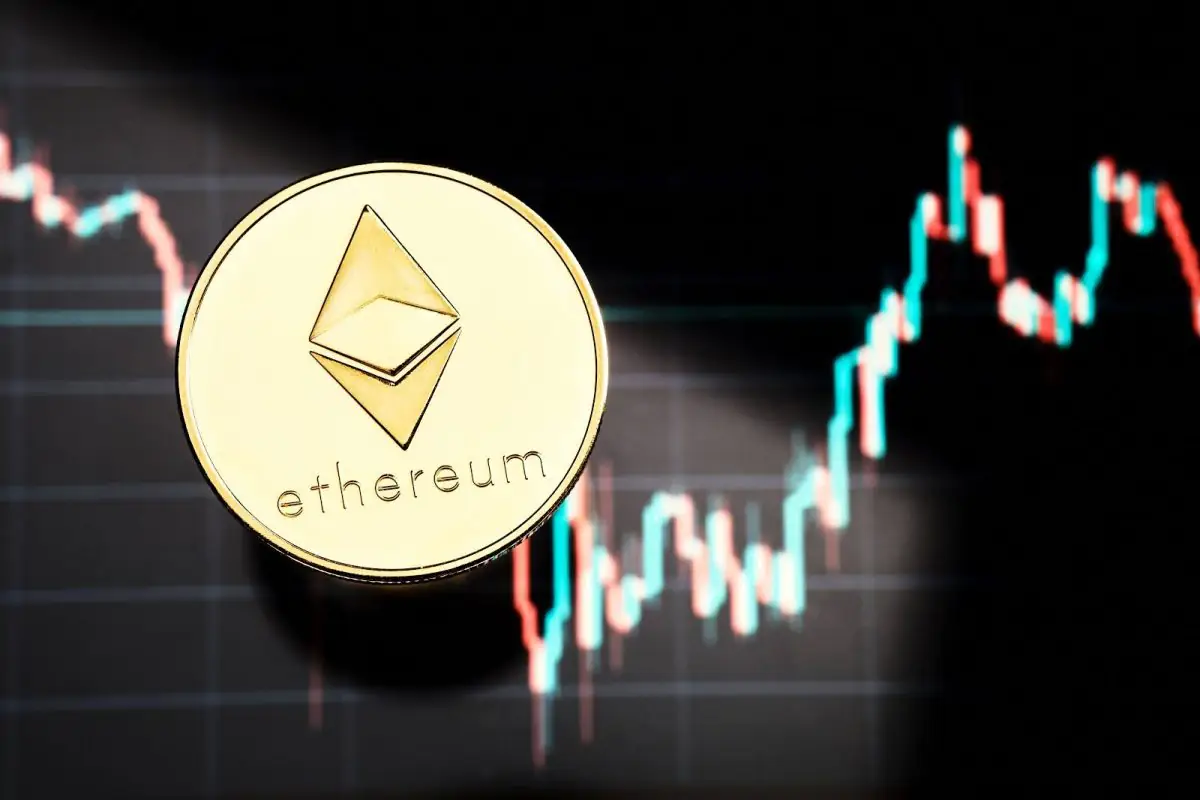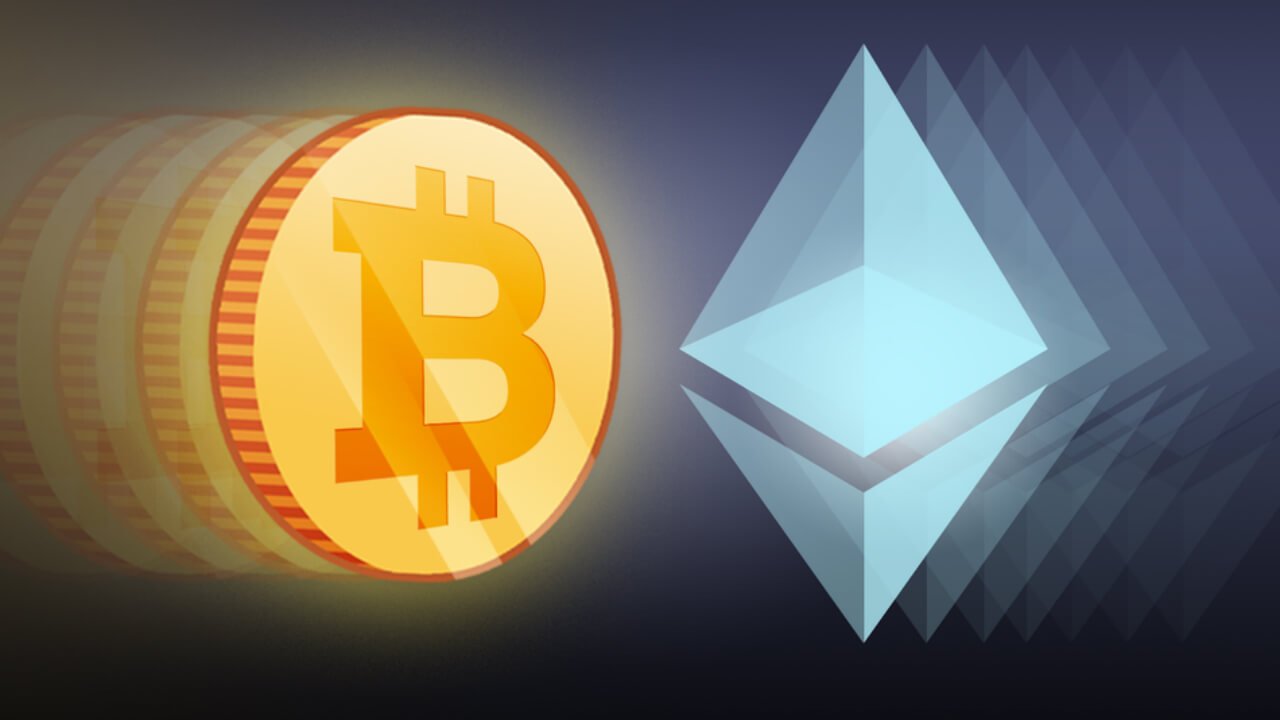Ethereum, the second-largest cryptocurrency by market capitalisation, is once again taking the stage in the digital asset scene as major on-chain activity and technical indications align. According to on-chain records, a prominent
Ethereum’s Bullish has moved around $4 million worth of ETH to the centralised exchange Kraken. This large flow of money coincides with Ethereum’s approaching psychologically and technically critical $3,000 price level, a mark historically used as a target for bullish momentum and a battlefield for traders.
Whale Movements Signal Potential Ethereum Market Shift
Commonly known as “whales,” large-scale bitcoin owners have long had a significant impact on the direction and volatility of digital asset markets. A whale moves millions in crypto to an exchange, usually indicating either a desire to liquidate some holdings or to reposition based on projected strategic market behaviour. The Ethereum whale transaction under investigation—an on-chain transfer of around $4 million in ETH to Kraken—has spurredrumourss of an impending sell-off or more general market strategy.

Given the timing, this is crucial. With Ethereum lingering slightly below the $3,000 resistance, market players are closely monitoring whether this movement heralds the start of distribution at the top of a price range or merely a distraction from a longer-term positive story. Historically, such transfers have preceded brief market corrections, especially when they coincide with notable resistance zones.
Ethereum’s $3,000 Mark: Key Market Threshold
The $3,000 price mark of Ethereum goes beyond just numerical value. Technically, throughout several cycles, it has been a significant barrier. The height of the 2021 bull market was the last time Ethereum remained above this figure for a prolonged period. ETH has battled to reach this level continuously since then; hence, any effort to break through a point of considerable interest for both bulls and bears will be fruitful.
The psychological component of this round number emphasizes even more its significance. Round-number pricing levels often function as self-fulfilling prophecies; traders place buy and sell orders close by, raising the volatility risk. While failure to maintain the level could indicate tiredness, leading to short-term retracements, a solid breakout above $3,000 with substantial volume and whale support could stimulate momentum-driven buying.
Ethereum’s Transition Enhances Scalability and Investor
Beyond movements of whales and price graphs, Ethereum’s basic growth keeps changing. Gradually resolving long-standing issues on scalability, transaction fees, and energy consumption, the network’s turn toward Ethereum 2.0—also known as the consensus layer upgrade—is addressing Ethereum’s desire to build a more sustainable and efficient blockchain infrastructure by switching from proof-of-work (PoW) to proof-of-stake (PoS), which can appeal to institutional investors that are ecologically sensitive.
Layer 2 scaling solutions like Arbitrum and Optimism confirm Ethereum’s central importance in the Web3 ecosystem, alongside the ongoing expansion of distributed apps (dApps), non-fungible tokens (NFTs), and decentralised finance (DeFi). These advancements in technology and ecosystems might assist in creating long-term investor trust, enabling possible accumulation even in the case of ongoing short-term volatility.
Ethereum’s Price Tied to Bitcoin
One cannot evaluate Ethereum’s price behavior by itself. Bitcoin’s fluctuations closely align with broader trends in the crypto market. Unquestionably, when Bitcoin teeters with essential resistance levels of its own, the sentiment spills over onto Ethereum. Should Bitcoin erupt in fresh local highs, ETH may get a tailwind to follow suit.

Crypto Markets also change with macroeconomic factors, including U.S. inflation data, Federal Reserve policy choices, and geopolitical concerns. More capital into Ethereum might come from a more dovish posture taken by central banks or a change in investor demand for risk-on assets, bolstering a hopeful case for a breakout over $3,000.
Interpreting Whale Activity with On-Chain
Market players should be educated and wary given the junction of whale activity, resistance testing, and basic advancements. Although the whale move could suggest possible profit-taking, it does not always mean a negative reversal. Sometimes whales migrate assets to exchanges for staking, OTC trades, or strategic reallocations unrelated to instantaneous market liquidity.
Investors should consider adopting on-chain analytical tools such as Nansen, Glassnode, or Lookonchain to track real-time whale behavior. Combining this information with technical indicators, including RSI, MACD, and volume profiles, helps one get a more complete picture of Ethereum’s market orientation.
Final thoughts
Short-term traders and long-term investors are increasing their holdings as Ethereum approaches the $3,000 milestone. The $4 million ETH whale transfer to Kraken adds an element of mystery, maybe indicating internal forces at work outside of basic chart interpretation. It will probably become evident in the coming days if this trend fits a larger accumulation plan or precedes a sell-off.
Ethereum leads blockchain innovation regardless of the immediate result; its price movements show a mix of long-term vision, utility, and speculation. To position themselves sensibly in this erratic but exciting terrain, traders would do well to monitor necessary support and resistance levels, whale movements, and more general macroeconomic signals.


